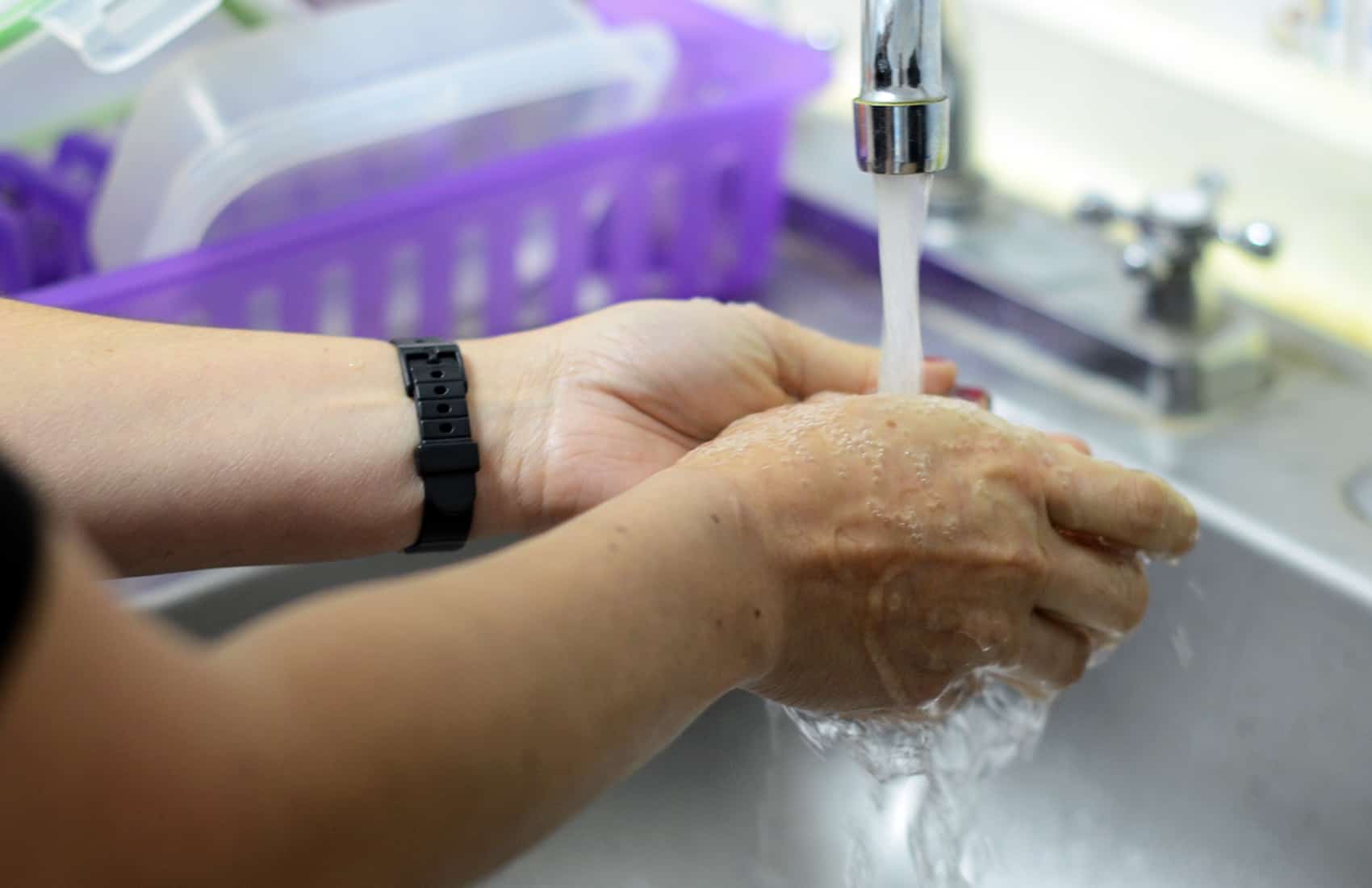Water rationing in Costa Rica’s Greater Metropolitan Area, the country’s most populous region, will remain for at least two more weeks, according to the Water and Sewer Institute (AyA).
More than 150,000 residents of the GAM, which includes 31 cantons in the provinces of San José, Cartago, Heredia and Alajuela, have faced daily water rationing since September. Some households have even faced full days without water.
Water shortages prompted residents from several communities, mostly in the southern and eastern parts of San José, to protest and block some of the capital’s busiest streets on several occasions this year.
Sergio Núñez, AyA’s vice manager of service for the GAM, said even though heavy showers have fallen in recent days, the rain has not been enough to replenish aquifers that supply the area.
Still, rationing has lessened. Núñez said the percentage of customers facing daily shortages has fallen from 12 percent earlier this year to 8 percent currently.
Núñez said it usually takes up to three weeks after the official start of the rainy season, in late May, for aquifers to reach their normal levels. To stop rationing, he said, the country needs up to two weeks of constant rainfall over the highlands of San José, mainly in Coronado, Moravia, Desamparados, Alajuelita and Santa Ana.
Besides hopes for a plentiful rainy season, AyA officials expect to increase water reserves with two new wells, which Núñez said would be fully operational in the coming weeks.
Improvements to water pipelines
In addition to the rationing, various GAM communities have faced shortages caused by ruptures or leaks in pipelines. The unexpected issues caused large quantities of water to be wasted and affected supply for up to 500,000 people this year, AyA reported.
The Public Services Regulatory Authority reported on May 24 that all regions served by AyA during 2015 recorded significant water losses caused by either ruptures or leaks in pipelines.
Núñez said improvements in the city’s pipelines are coming, thanks to a $160 million loan AyA signed in 2015 with the Central American Bank for Economic Integration. The loan will be used exclusively to finance a project to fix leaks and ruptures in AyA’s pipelines.
More rain expected this year
Meteorological experts attribute the extreme weather conditions over the past two years, which caused rainfall shortages in much of the country and above-average precipitation along the Caribbean coast, to an El Niño weather phenomenon. The effects of El Niño on local weather ended last month and the opposite La Niña weather phenomenon is expected to cause increased rain this year — by some 30 percent overall and up to 70 percent in Guanacaste, the province most affected by drought.
The National Meteorological Institute projects that La Niña will begin affecting weather patterns starting in July, with above-average rainfall along the Pacific coast and in the Central Valley.
In the Caribbean and northern regions, La Niña could cause a slight decrease in rainfall but is not expected to cause drought.





